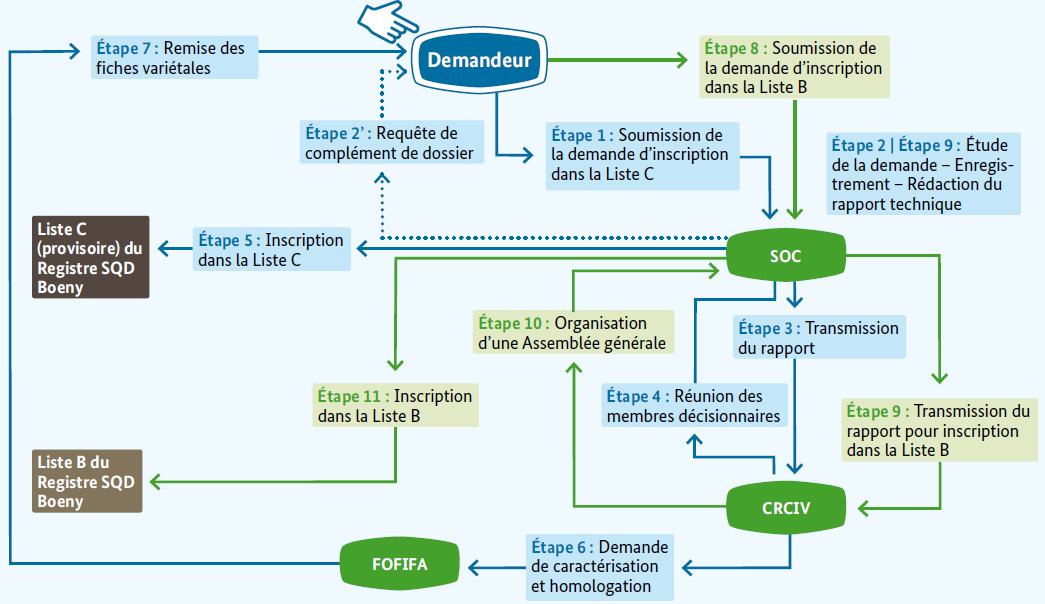This building block captures the iterative research, prototyping, and testing process behind the design and performance optimization of Sparsa's compostable menstrual pads. The goal was to systematically address key challenges such as absorbency, retention, and hygiene using accessible, compostable materials and context-appropriate methods.
During initial trials, the embossing of the word 'Sparsa' into the pad design caused production issues, as the added pressure led to small holes at the site of embossing. This aesthetic feature was removed in future die versions to preserve structural integrity. Material testing revealed that the non-woven cotton selected for the top layer was hydrophobic, preventing fluid from entering the absorbent core. Though soft and natural, it was unsuitable. It was replaced by viscose, a hydrophilic and compostable fiber. However, viscose caused another issue—it spread liquid too effectively toward the wings, where no absorbent material was present, leading to leakage.
To address these problems, internal lab tests were developed and applied. The team created over twenty prototypes, varying in top layers, glue types, layer arrangements, and inclusion of guar gum. Some of these, like guar gum, improved total retention but introduced a gel-like texture that reduced comfort and slowed absorption. Tests showed that glue can either support or hinder fluid transfer depending on how and where it's applied—too much glue acted as a barrier and even left residues. Effective glue bonding improved layer connectivity but required careful quantity control.
One critical hygiene failure revealed the presence of Staphylococcus aureus. Investigation found that gloves were not mandatory in the fiber factory, especially after cooking. Human skin was the primary contamination source. The team responded by revising hygiene protocols, making gloves mandatory post-cooking in both pad and fiber factories. This step eliminated the bacterial presence in follow-up tests.
To better understand bacterial presence and reduction strategies, five process variations were developed—each changing the sequence of cooking, beating, and chlorine treatment. These were labeled Sample A to E and tested for bacterial load. The results provided insight into how specific steps and moisture conditions influence microbial contamination.
Leakage from the wings was another key challenge, especially with viscose layers that spread liquid outward. Since wings lacked absorbent material, the team created different prototypes to control this spread. Solutions included modifying top layers, stretching or perforating materials, using starch or wood glue in targeted zones, and bonding absorbent materials more tightly. Some prototypes featured layered configurations with transfer paper. Tests confirmed that fluid distribution and retention improved only when materials were positioned effectively—paper layers under the core performed poorly, while those bonded near the surface aided absorption.
Through every iteration, the team learned to question assumptions, test every new configuration, and document repeatable results. Design improvements were not driven by one-time outcomes but by data-backed testing, careful material selection, and practical lessons from production.
